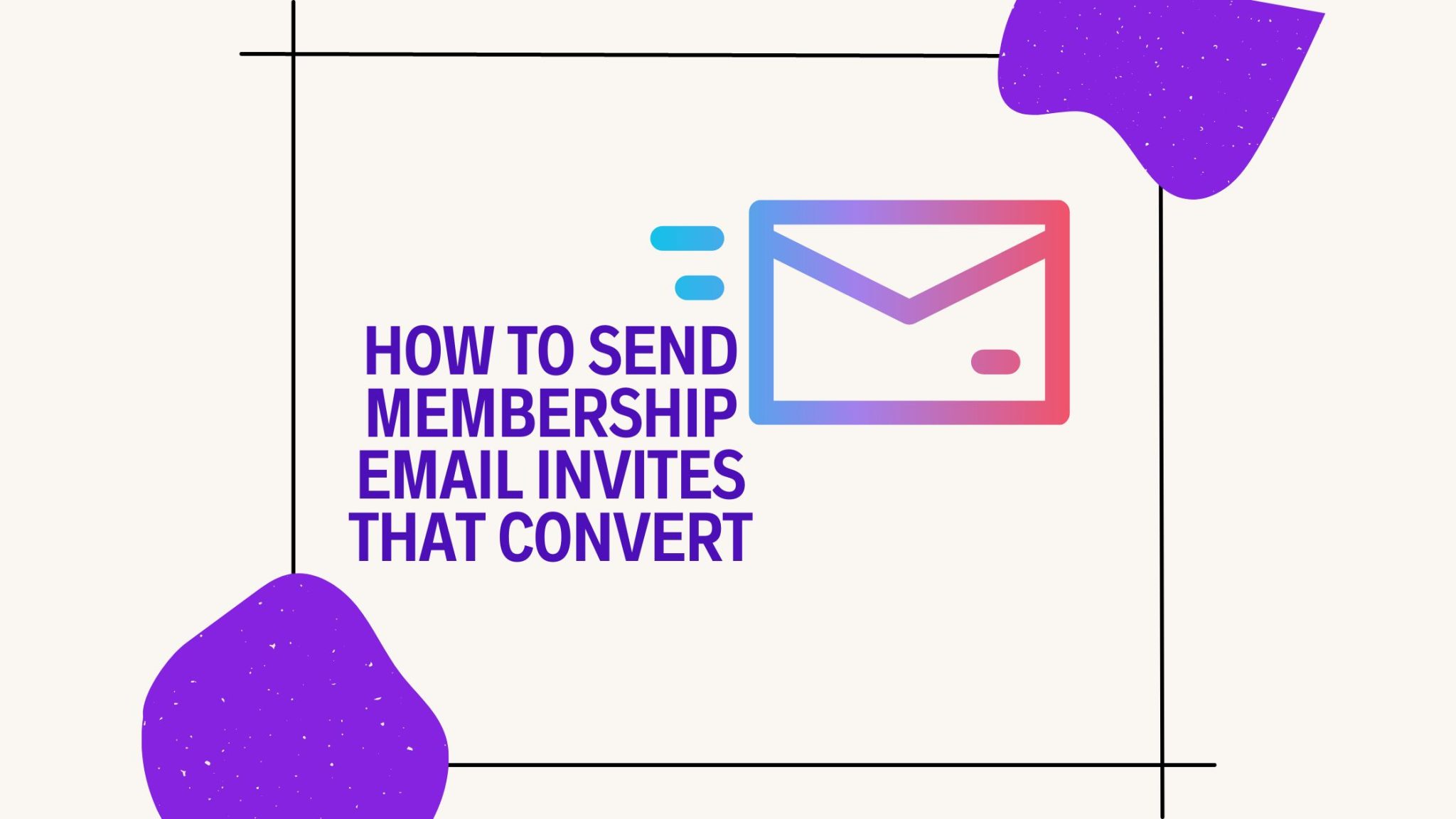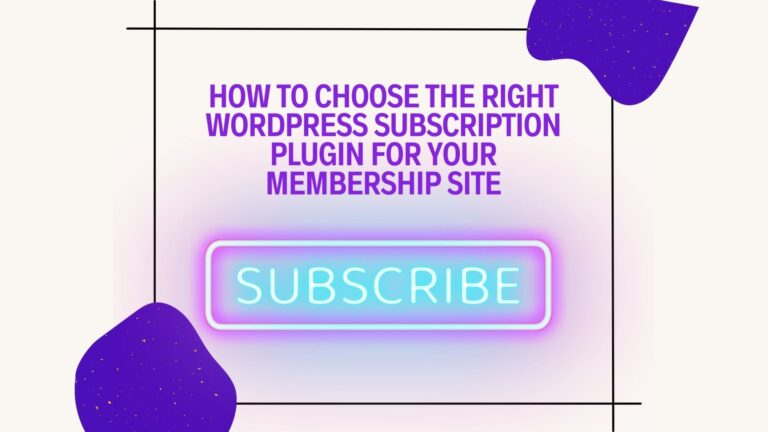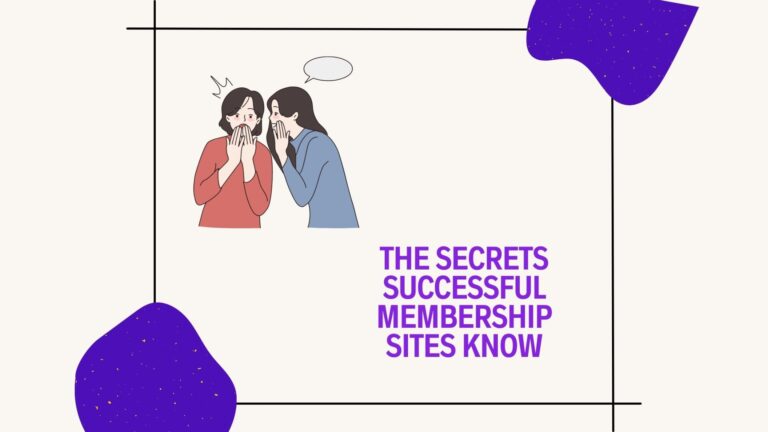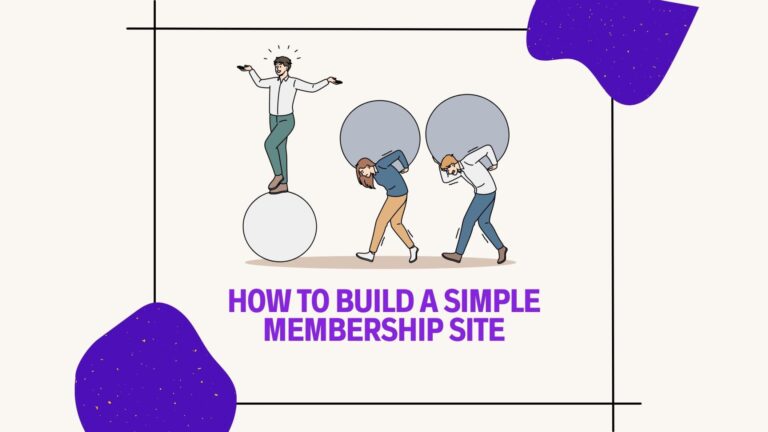A membership email can be the beginning of a beautiful friendship.
Sending an invitation to someone to join your online community, network, or organization is a great way to foster connection and collaboration.
How to do it properly so it increases the chance of someone joining?
Read on and find out more.
Permission Marketing and Privacy Regulations
It’s easy to think you’ll just buy a list of emails from UpWork, blast your membership email invite, and then enjoy eternal glory, basking in the warm sunshine of your success.
However, it’s important to be aware that sending unsolicited emails is not only extremely rude, but it can also be illegal in some countries (such as the United States and European Union). GDPR, CCPA, and CAN-SPAM are all regulations you must adhere to. These regulations prevent people from being contacted or having their data harvested without their consent — and herein lies the problem with email lists being sold left and right on the internet.
Some email lists may be legit — they may be collected from people who explicitly agreed for their addresses to be shared with “third-parties,” or they may have opted in to receive emails from your organization.
But that doesn’t make it right or legal. To ensure you’re taking the right steps, it’s important to only send membership emails to people who have expressed interest in your organization and have given their explicit consent.
Even if data privacy regulations didn’t exist, sending emails to people who are not actually interested wouldn’t be a good idea. Think of it this way: would you rather send 200 emails to people who’ve already shown interest in who you are or 2,000 emails to people who have no idea who you are?
Chances are you want to maximize your efforts where it counts, right?
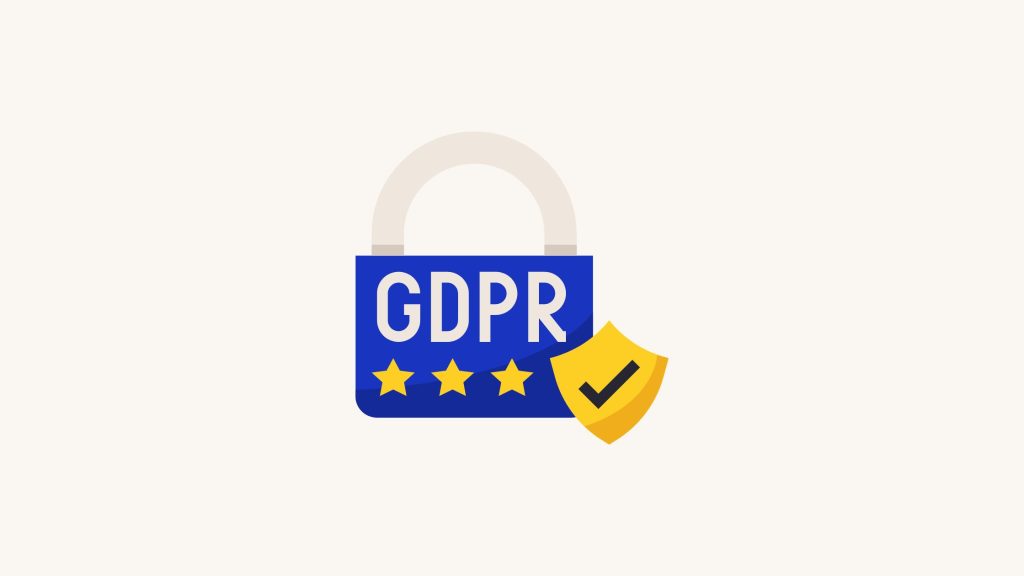
The 5Ws of Communication: Who, What, When, Where, Why
Every communication should follow a clear structure. Yes, being unique and adding your tone of voice to your emails is important — but never at the expense of clarity. Every single communication you send out (including your membership email invite) should answer these questions:
• Who – Who is the email for?
• What – What is it about?
• When – When will the recipient receive it?
• Where – Where should they go to sign up?
• Why – Why should they join?
Answering these 5Ws will help make sure your message is clear and to the point. If your email doesn’t answer these questions, it’s lacking clarity — and thus, it won’t have a good conversion rate.
The Perfect Membership Email: A Breakdown
There’s no set recipe for creating the perfect membership email, but there are some best practices you should keep in mind:
Subject Line
A person who works in the office receives, on average, about 120 emails every day. This number may not hold for people who don’t work in offices — but even so, they’re still probably subscribed to eCommerce websites, newsletters, and other marketing materials sent via email.
This means that people will only open two types of emails:
- Those coming from people they know (and know that they might have important messages for them)
- Those with subject lines that catch their attention
Now, writing an enticing subject line is both art and science. On the one hand, you want your subject line to be attention-grabbing and creative, but on the other hand, you don’t want it to be too clever or too long. What’s more, you don’t want it to send your email straight to the Spam folder either.
Here’s how to do that:
- Use power words like “news”, “summer”, and “upgrade”
- Tap into the Fear of Missing Out (FOMO)
- Make sure you’re not misleading people
- Keep it short and sweet (under 50 characters is optimal)
- Tap into your audience’s pain points
- Be funny (if appropriate, of course)
- Avoid words that trigger spam filters (“as seen on”, “additional income”, “make $”, and so on)
Examples of subject lines for membership email invites include:
- Be part of the community that’s changing the world
- Join our exclusive club and get special perks
- Come as you are — and leave as a VIP

Body
As mentioned before, your email should be as crystal clear as possible, but also creative enough to capture people’s attention. Here are some tips for writing the body of your membership email:
- Be welcoming and friendly
- Explain the benefits of joining and why they should join
- Use storytelling to illustrate how your organization will help them (use real stories from members, if you can!)
- Include a CTA and link to your sign-up page
- Keep it concise (no more than 200 words)
- If you’re offering a free trial, make sure to mention it
- Don’t overcomplicate the design (too many images might even trigger spam filters)
- Sign Off
Remember that your email should show your readers what’s in it for them, so focus on benefits, rather than features. Why would they join your community? Why would they engage with it? What will they gain as a result?
Personalization
Personalizing your email can make the communication feel more human and, consequently, increase its conversion rate. Personalize your subject line and body with their name, or use a segmentation tool to send personalized emails, according to your recipients’ interests. For example, if half of your list is from a Facebook ad that offers a free eBook and the other half is from LinkedIn, where you shared a Google Sheets template, you could segment your audience according to that — and send your emails accordingly.
Best Time to Send Membership Email
Although this can be debated, some research shows that invite emails perform better on weekdays, mid-week, and after 12 pm. Other similar studies say Tuesday is the best day for sending email invites, followed closely by Wednesday and Thursday.
Keep in mind that, just because a certain day is considered “optimal” for email marketing, it doesn’t mean you should only send emails on that day. Also, remember that what works for others isn’t guaranteed to work for you too — so keep track of your open and click-through rates to determine what works best for your audience.
Triple Check Everything
This might come without saying, but it must be emphasized: before hitting the send button, triple-check your content. Read it out loud to yourself, and make sure there are no typos, misspellings, or grammatical errors. Also, make sure:
- Your links work
- The formatting looks right
- Personalization tags work
- The CTA is clear and leads to the right page
- Your email meets all the data privacy regulations (e.g, has an “unsubscribe” button, has a physical address added at the bottom, and so on.)

Realistic Expectations
Last, but definitely not least, make sure you set realistic expectations for your membership email invite. Don’t expect to see hundreds or thousands of new members overnight — most likely, you’ll have to send multiple emails and also employ other tactics (like social media advertising and word-of-mouth marketing) to get more people interested.
Conclusion
An effective membership email invite can be a great way to boost your sign-ups and get more members on board. To ensure your messages are successful, keep in mind the tips and best practices mentioned above. Write a clear email that explains the benefits of joining, personalize it if possible, and triple-check everything before you click the “send” button.
You May Also Like
How to Make the Most Of a Membership Plugin for Elementor
How to Build a Business with a Membership Plugin for Divi (and Which One to Choose)
Top 5 WordPress Restrict Content Plugins to Consider for Your Membership Site
Starting a Membership Business: Things No One Tells You About
Subscription Fatigue: What It Is, Why It Matters, and How to Fight It
Is a Trial Membership Right for You? Pros and Cons to Consider

